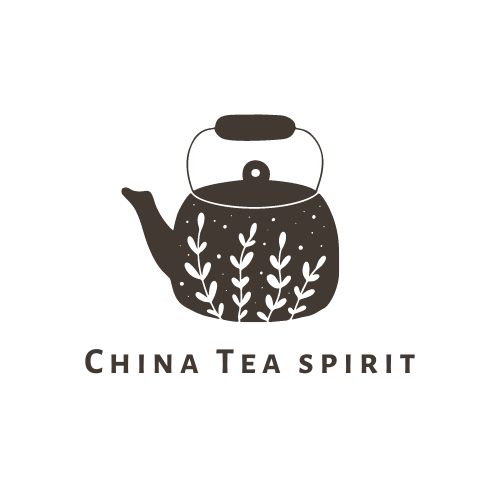When you enjoy tea, do you ever wonder how many times you can steep it? It’s common for tea lovers to ask, “How many infusions can this tea handle?” or “Is this tea good for multiple brews?” Many believe that the more times you can steep a tea, the better its quality. But is that really true?

While teas like Anxi Tie Guan Yin are famous for their ability to retain flavor over multiple infusions, does that mean all teas with high infusion power are of higher quality? Not necessarily. Let’s dive into what really determines a tea’s ability to be steeped multiple times and whether that’s always a sign of a good tea.
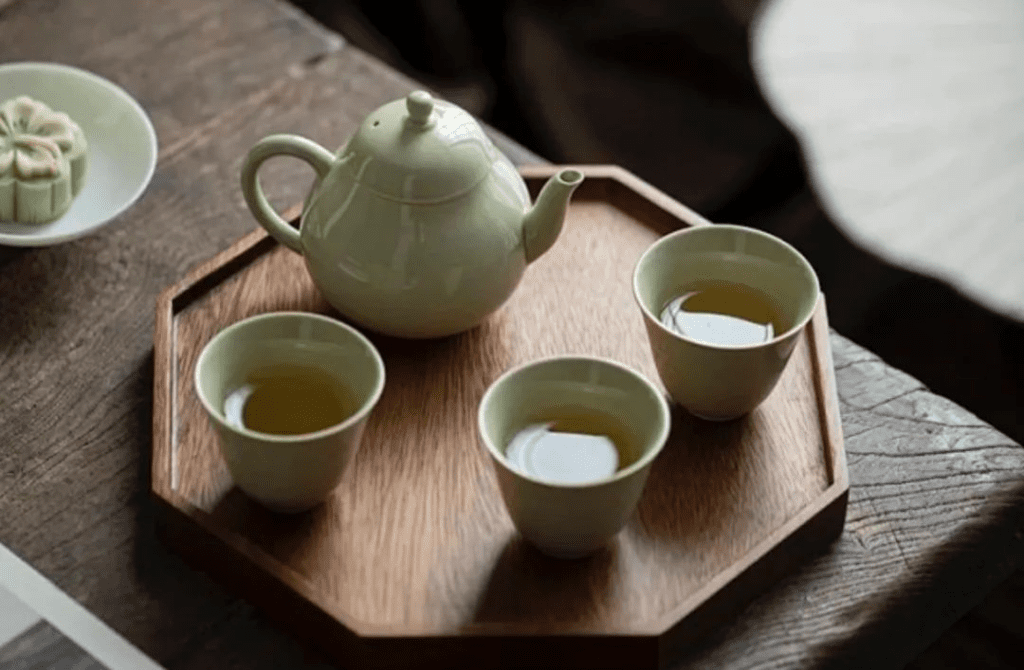
More Steeps = Better Tea? Not Always!
It’s tempting to think that if a tea can handle many infusions, it’s automatically a high-quality tea. But that’s not always the case. For instance, green and yellow teas are often praised for their fresh, delicate flavors, but these teas typically lose their punch after the second or third infusion. Their leaves, usually picked when young and tender, contain fewer compounds that last through multiple steeps. Does that make them bad teas? Absolutely not.
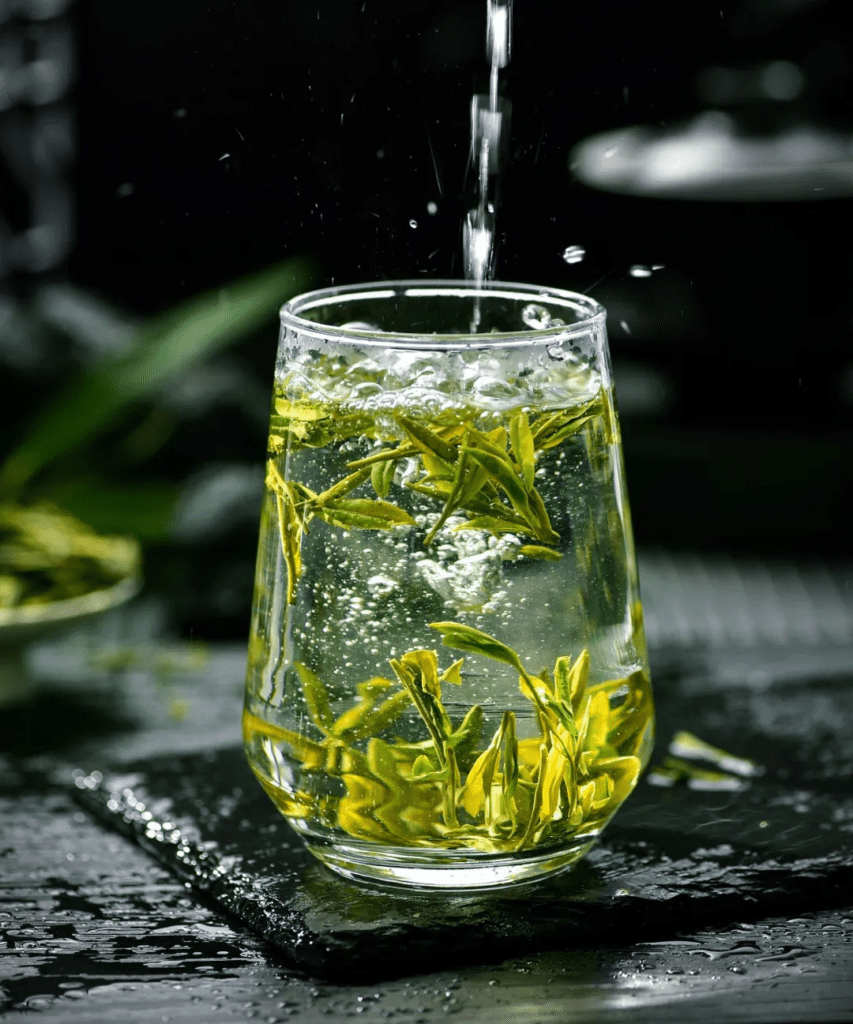
Take “Pre-Qingming” green teas, harvested before the Qingming Festival – these teas are known for their vibrant, fresh taste. They aren’t meant to last through endless brews, but their first few infusions offer a rich, pure experience. On the other hand, some later-harvested teas might survive more steeps, but they don’t deliver the same fresh, delicate flavors. So, clearly, it’s not fair to judge tea quality by its infusion power alone.

So, while teas that endure more steeps can be great, fewer steeps don’t mean a tea is of lower quality. It’s all about the flavor and experience you’re looking for. Sometimes, the best flavors are found in those early infusions, especially for certain types of teas.
What Affects Tea’s Steeping Power?
- Origin of the Tea
The origin of the tea plays a huge role in its endurance through multiple infusions. For example, Wuyi rock tea (Yancha), grown in the famous “Three Pits and Two Valleys” area, is known for its rich flavor and ability to hold up through several brews. This is thanks to the unique climate, soil, and high-altitude growing conditions, which help tea leaves pack in more flavor and compounds that make them last longer when steeped.
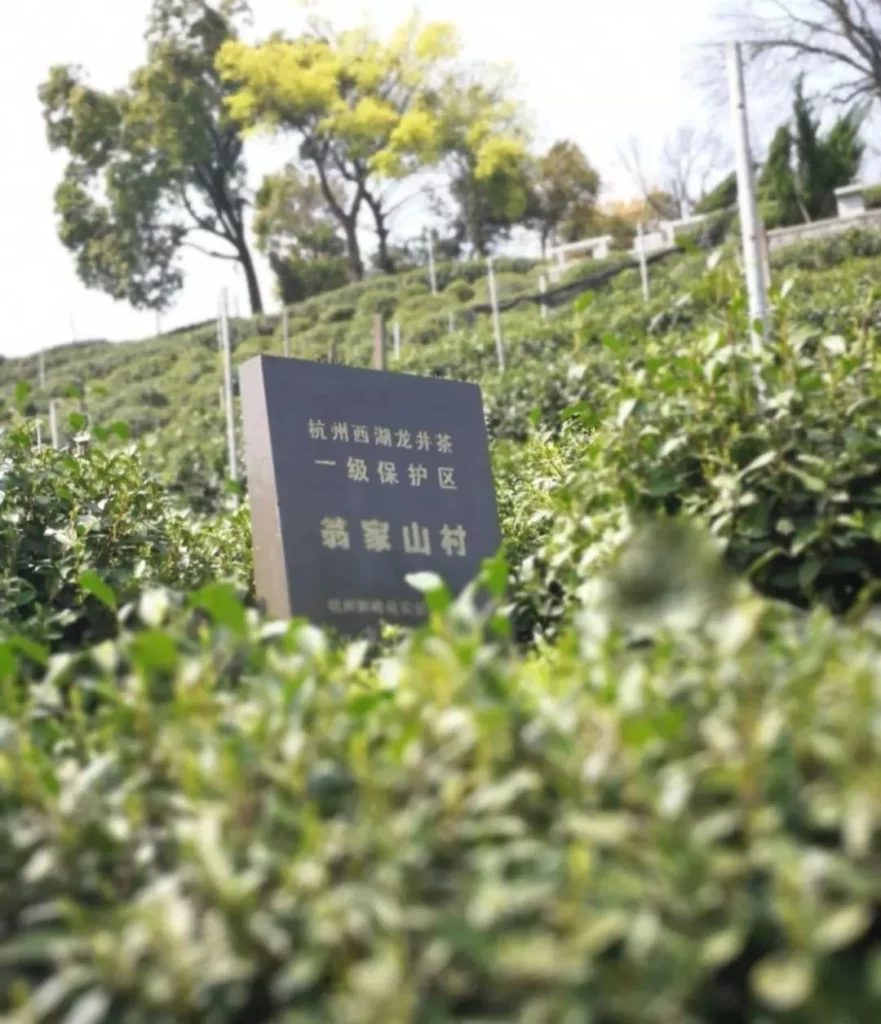
- Type of Tea Tree
The type of tea tree also affects how well tea endures multiple infusions. For example, Pu’er tea, made from large-leaf trees in Yunnan, is known for its high endurance, while many green teas don’t last as long. Large-leaf varieties contain more polyphenols, which contribute to both flavor and steeping power.

- Harvest Season
Timing matters, too. Early spring teas, which are made from young buds, tend to have a fresher taste but may not last through many steeps. Later harvests, which use more mature leaves, usually brew longer but may not have that same fresh kick. For example, Anxi Tie Guan Yin is known for its “Spring Water, Autumn Fragrance” characteristic. Spring teas are smoother and more flavorful, while autumn teas tend to be more aromatic but sometimes last longer in the cup.

- Age of the Tea Trees
The age of the tea tree can also make a difference. Older trees, such as ancient Pu’er tea trees, often produce leaves that are richer in flavor and can be brewed more times compared to younger, lower-altitude trees. The natural environment, untouched and full of nutrients, allows these older trees to grow stronger leaves that deliver more complex flavors over multiple infusions.

The Processing of Tea
Beyond natural factors, the way tea is processed plays a huge role in how many times it can be steeped. One key step is “rubbing” (揉捻), which happens during production. The more the tea leaves are rubbed, the more their cell walls break down. This speeds up flavor release during steeping, making the tea taste strong in the first few brews but reduces how many infusions it can handle.
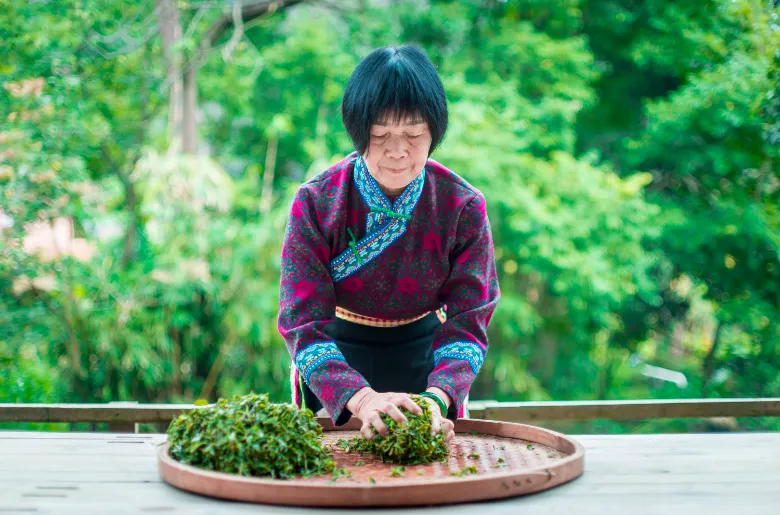
On the flip side, lightly processed teas, like white tea, maintain their cell structure better, which can slow down the release of flavors, allowing for more infusions. Some may wonder why lightly processed teas like white tea don’t last as long as heavily processed teas like oolong or black tea. It’s because rubbing is just one factor. Other factors like tea variety, origin, and specific production techniques also play significant roles in endurance.
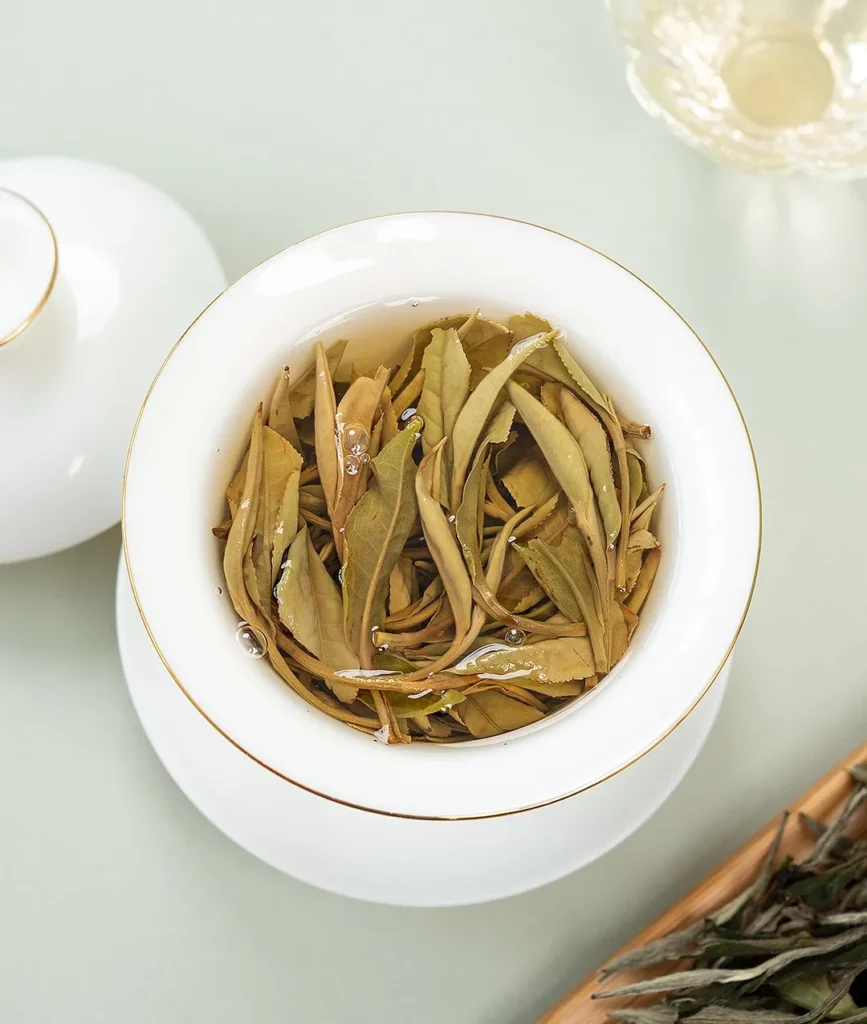
The Storage of Tea
Storage can also affect steeping power. For instance, Wuyi rock teas that are improperly stored might need to be re-roasted, which can reduce their ability to handle multiple infusions compared to when they were freshly made.
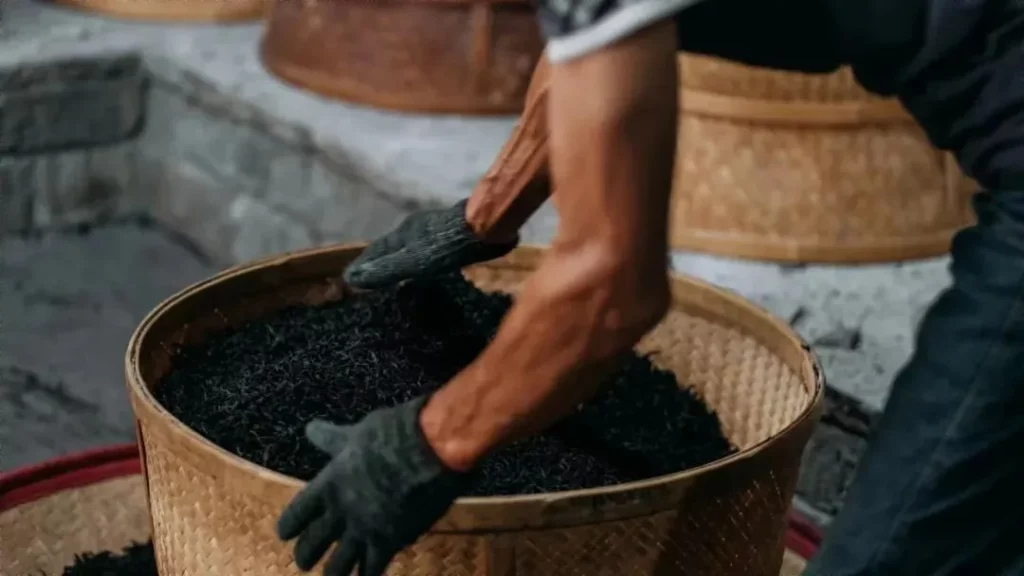
Brewing Techniques
Even if a tea is naturally high-quality, how you brew it can dramatically affect its endurance. Have you ever bought tea at a tourist spot and found that it tasted fantastic there but fell flat at home? This often happens because sellers use clever brewing techniques that make the tea seem smoother and more long-lasting.
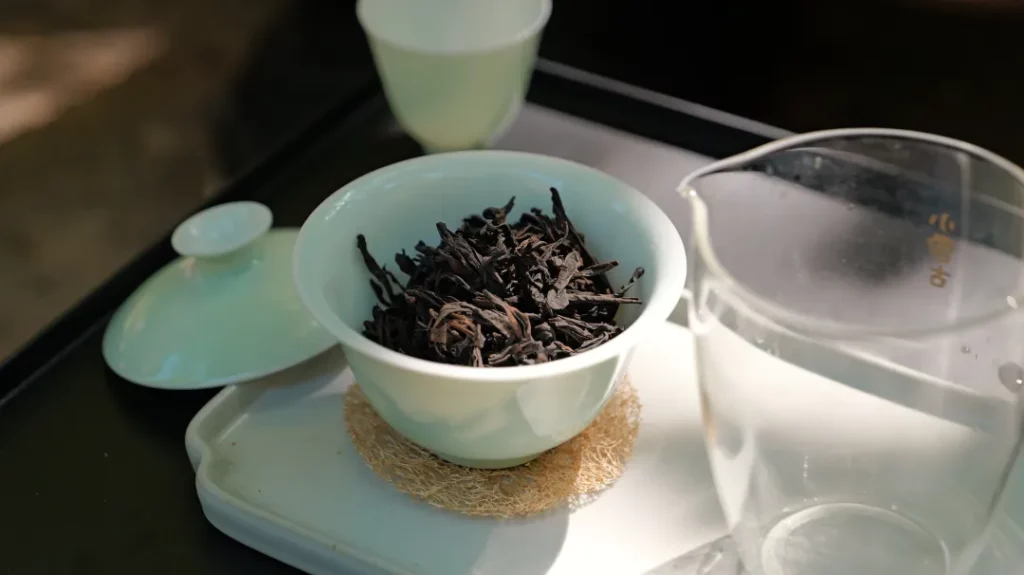
For example, vendors often use cooler water temperatures, which extract flavors more slowly, making the tea seem delicate and allowing it to endure more infusions. To further boost the tea’s performance, they might also use more leaves than usual, sometimes 1.5 to 2 times the regular amount, and shorten the steeping time. This gives the illusion that the tea is rich and lasts longer when, in fact, at home with regular proportions and boiling water, it may lose its charm quickly.
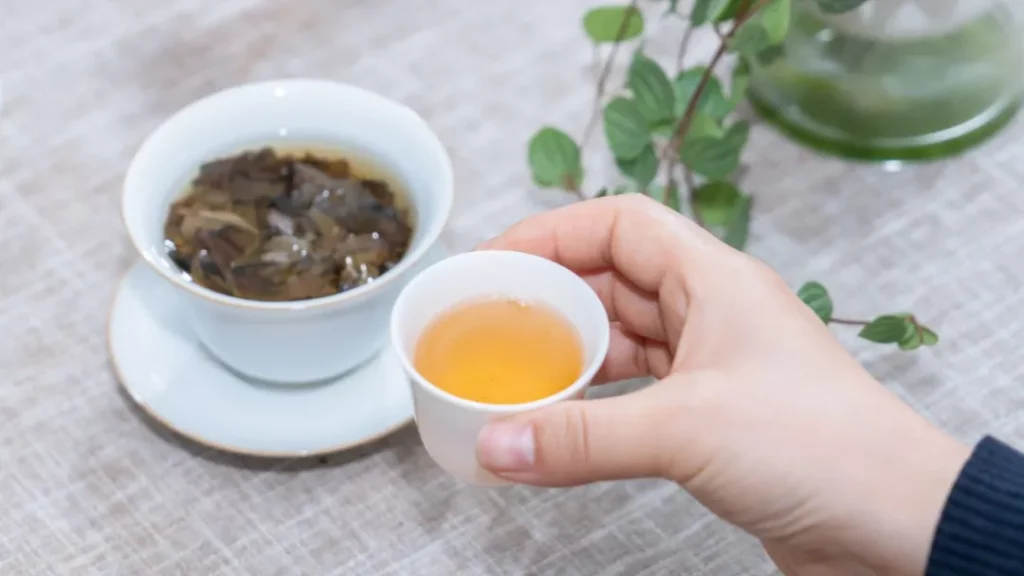
Even minor adjustments in brewing techniques – water temperature, leaf quantity, steeping time – can greatly impact how long a tea lasts. Lower-quality teas can sometimes feel much better if brewed with extra care, showing how much brewing methods influence the perception of tea’s endurance.
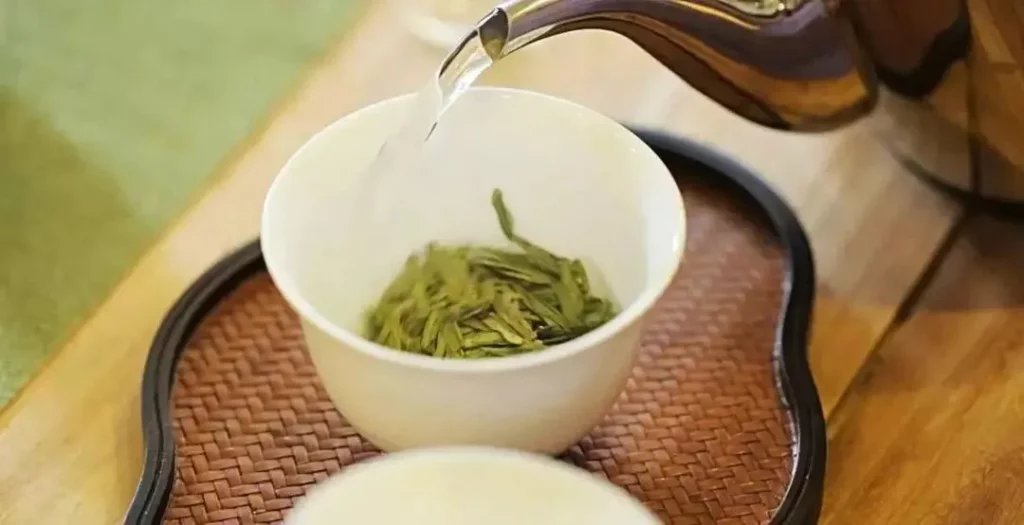
Final Thoughts
While brewing endurance is a useful factor to consider, it’s not the sole marker of quality. A tea’s ability to be steeped many times depends on several factors, including origin, variety, harvesting time, and tree age. But when it comes to the best tea experience, flavor complexity and enjoyment are what truly matter.
